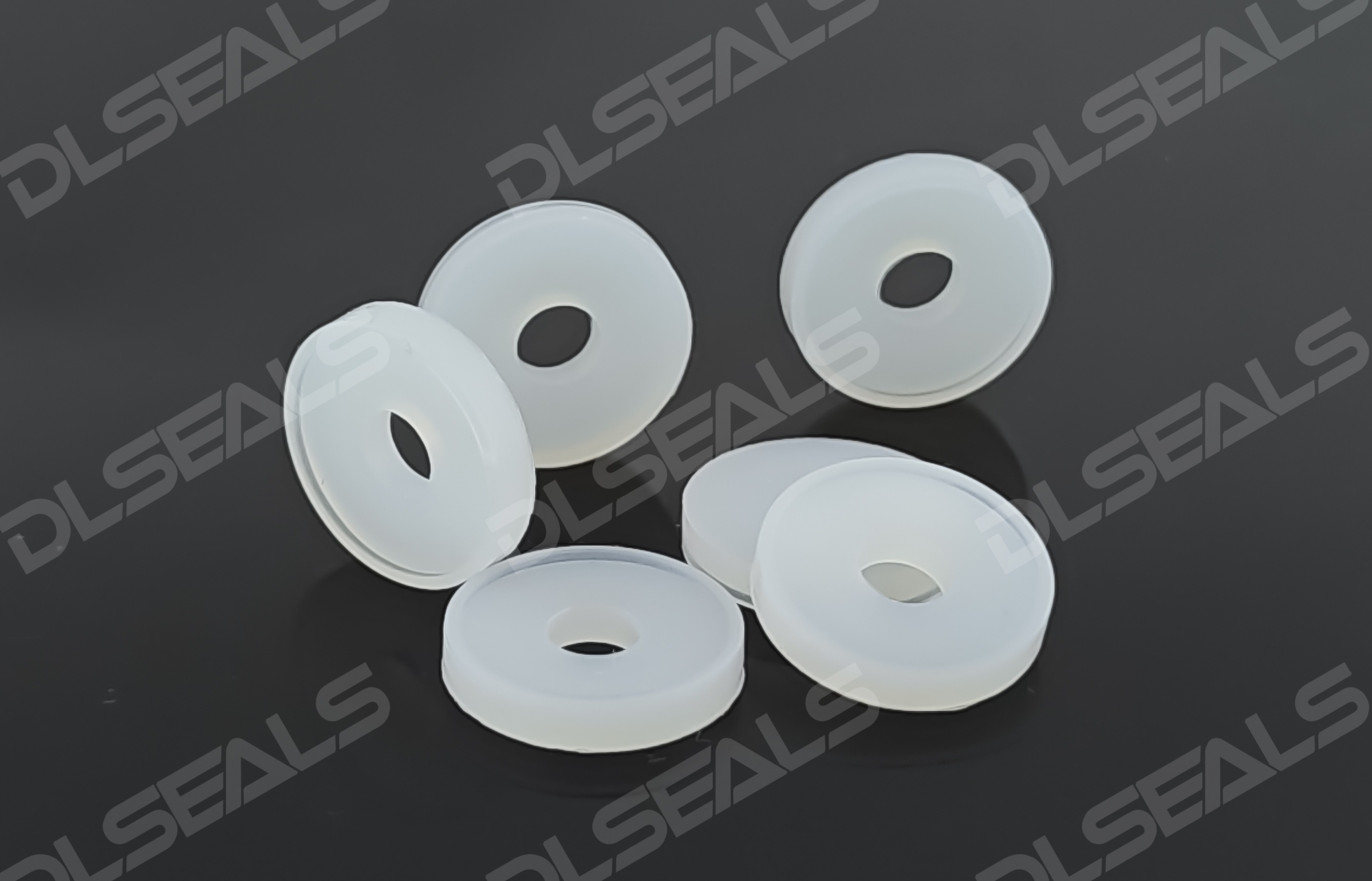Inside blood transfusion needles, insulin pump tubes, and pacemaker housings, medical seals operate at micron-level precision to block bacterial invasion, prevent drug leakage, and withstand millions of sterilization cycles. Failure risks fatal infections. This article deciphers their technology through four dimensions: materials, design, compliance, and intelligence.
1. Life-or-Death Thresholds
- Biocompatibility: ISO 10993-5 cytotoxicity compliance (cell viability >90%)
- Chemical Stability: Resistance to DMSO/liposoluble chemotherapy drugs
- Micro-Leakage Control: <10⁻⁶ mbar·L/s leak rate for IV lines (blocks 1-in-a-trillion bacteria)
- Sterilization Endurance: 100+ cycles of 134°C/18min autoclaving or 50kGy gamma irradiation
Critical Applications:
- Blood analyzers: Prevent cross-contamination
- Insulin pumps: ±0.1μL/h flow control precision
- Cardiac implants: Lifetime fluid barrier
- Laparoscopic forceps: 10kV spark resistance
2. Material Revolution
Polymer Systems
- Platinum-Cured Silicone: USP Class VI certified; respiratory masks’ choice (fails with lipid solvents)
- Medical FKM: Chemotherapy/dialysate resistance; <10% degradation under 50kGy gamma
- FFKM: mRNA equipment king – impervious to chloroform LNPs; survives 500+ peracetic acid cycles
- PEEK: Endoscope joints – universal sterilization compatibility
Surface Engineering
- Antibacterial quaternary ammonium coatings (>99.99% kill rate)
- Covalently bonded heparin + hydrophilic surfaces (<20° contact angle)
- Europium (Eu³⁺) fluorescence for leak tracing
3. Structural Innovation
- Twin-Labyrinth Seals: Dual barrier against fluid/bacteria
- Zero-Dead-Volume Design: <0.1μL residue elimination (insulin reservoirs)
- Ti-Silicone Hybrids: Brain implant barriers (<10⁻⁹ g/m²·d permeation)
- Self-Healing Septa: 100-needle-puncture resilience (IV bags)
Microflow Breakthroughs:
- Laser-etched microgrooves (10μm width) for directional flow
- 5-10 Shore A silicone enabling 0.01N actuation force
4. Compliance Crucible
- Biocompatibility Quad-Test: Cytotoxicity/sensitization/intracutaneous/systemic toxicity (ISO 10993)
- Chemical Trials: <5% drug adsorption (USP <661>); Pb<0.1μg/mL extractables
- Sterilization Gauntlet:
- Autoclave: 100x cycles at 134°C/18min crack-free
- EtO: <4ppm residual after 50 cycles
5. Cutting-Edge Applications
1. mRNA Vaccine Systems (Pfizer’s billion-dose zero-contamination)
► FFKM body + fully welded dynamic seals
► SiO₂ nano-coating: >150° contact angle anti-adhesion
2. Artificial Pancreas (Medtronic 80% failure reduction)
► Tri-layer: Antibacterial silicone/graphene barrier/hydrophilic coating
► Microchannel resistance self-test: 0.1s leak detection
3. Surgical Robot Seals (da Vinci <0.1mm error)
► 40% Al₂O₃-PEEK composite: 100kV arc resistance
► Embedded fiber optics: Real-time wear monitoring
6. Smart & Sustainable Frontiers
- pH-Smart Hydrogels: Autonomously expand when wound pH>7.5
- Thermal Memory Alloys: NiTi seals ease installation at low temp → body heat activation
- PLA Bioresorbables: 6-month vascular occlusion devices
- Silk Fibroin Membranes: Degradation byproducts enhance neural regeneration
Core Mission: From insulin’s 0.1μL precision to artificial hearts’ 40 million beats, medical seals evolve by:
① Absolute Biosafety: Platinum-cured silicones’ zero-toxicity pledge
② Molecular Flow Control: Laser-textured microfluidics
③ Extreme Adaptation: FFKM vs. mRNA bioreactor solvents
Next-gen intelligence emerges for neural interfaces and gene delivery:
- Self-diagnosing seals via impedance shifts
- Bioactive interfaces releasing growth factors
- Nanorobotic sealants for intravascular repair
Post time: Jun-13-2025

